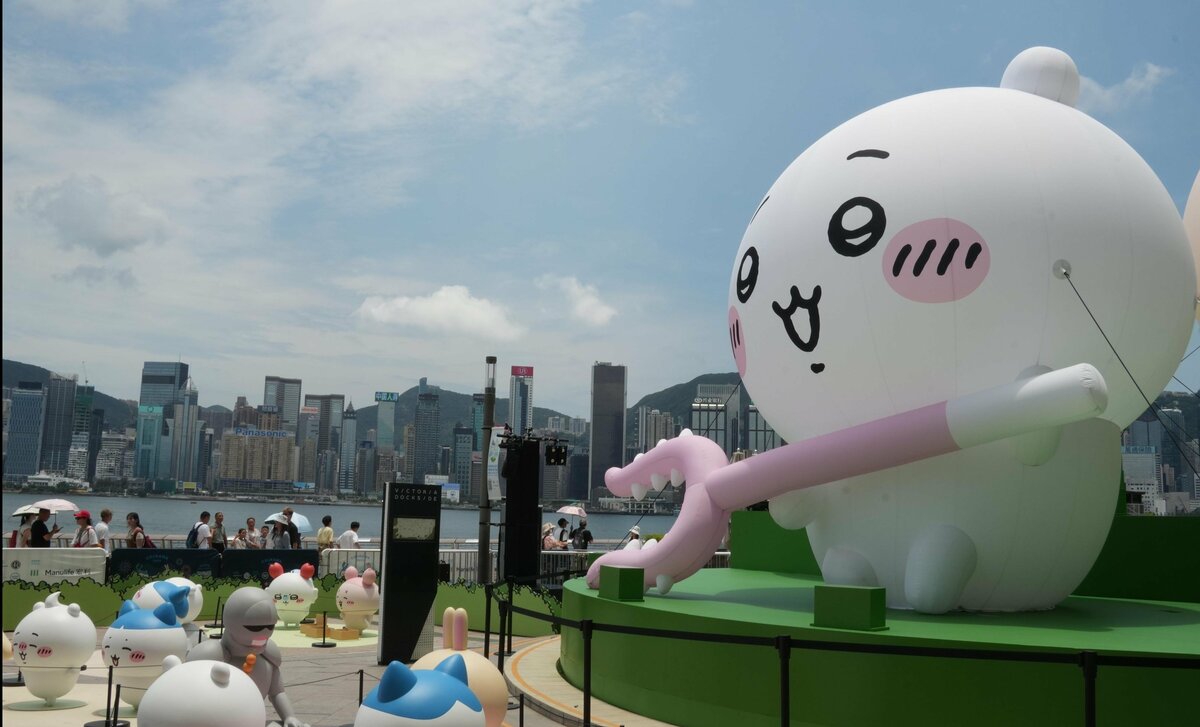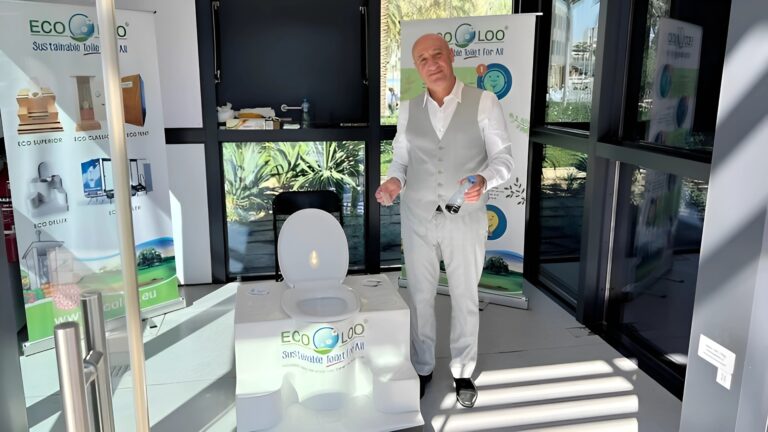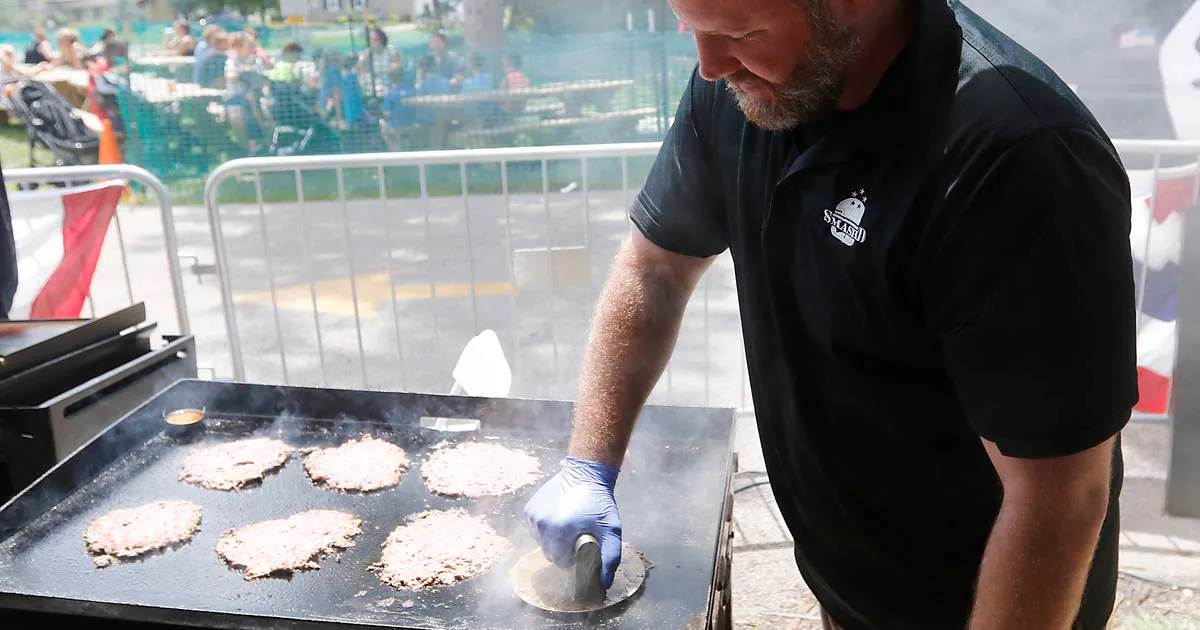By Ezra Cheung
Copyright kyodonews

HONG KONG – Hong Kong’s retail slump met an unlikely hero this summer: a trio of wide-eyed Japanese manga characters named Chiikawa, Hachiware and Usagi.
For a month through late August, the Chiikawa Days exhibition filled the city with giant sculptures, pastel art scenes and selfie-ready installations — and gave the local economy a much-needed boost along the way.
While many Hong Kong shoppers crossed the border into mainland Chinese cities in search of bargains due in part to the strong Hong Kong dollar, a very different crowd of mainly locals stayed put.
For people enjoying the parts of the city transformed into a playground of oversized manga scenes and more than 100 whimsical installations, it brought a welcome splash of color — and spending — to a retail sector struggling to find its spark.
The event drew over 100,000 visitors, 70 percent of whom were Hong Kong residents.
Chiikawa characters dressed as “dim sum,” traditional Cantonese bite-sized dishes usually served with tea, were also introduced, adding to the event’s allure.
Created by Japanese illustrator Nagano, the manga — short for “Nanka Chiisakute Kawaii Yatsu” (something small and cute) — has been serialized online via X, since January 2020, with a TV anime adaptation airing since April 2022. Its market size is estimated to have exceeded 10 billion yen ($68 million) worldwide.
Chiikawa Days extended well beyond the exhibition itself, with organizers launching a series of related activities to keep the characters in the public eye.
Lam Shu-kam, founder of design studio AllRightsReserved, which organized the exhibition, said he hoped to utilize the characters’ massive fanbase to “cultivate a business circle” that could benefit different sectors.
He first partnered with public transportation operators to hand out free merchandise at metro stations and unveil Chiikawa-themed trains and trams running across the entire territory weeks before the exhibition’s launch.
McDonald’s ran a campaign offering exclusive themed meals to bring customers in, while ramen noodle restaurant Chiikawa Ramen Buta featuring the Chiikawa characters was launched in mid-August in the Mong Kok shopping district, its first location outside Japan.
Four other Instagram-ready spots incorporating the characters were scattered across the territory, including the signature Central ferry piers facing the Victoria Harbor.
Meanwhile, luxury brand Chow Tai Fook also launched a collection of gold bracelets, charms and coins featuring the characters, with some designs selling out within hours.
“The activities weren’t concentrated in one place. Instead, we tried to expand the catchment area of the business,” Lam said.
K11 Musea, the shopping mall that housed Chiikawa Days, saw its visitor traffic in August hit a record monthly high since it was opened in 2019, with spending up by about 30 percent year-on-year.
Among the more than 100,000 visitors was social media strategist Tomo Leung, who bought plush toys, snacks, stickers and magnets worth some HK$4,300 ($550). Though it exceeded her budget, the 30-year-old said it was well worth it.
“Chiikawa is a medium that can bring energy to everyone,” she said. “This kind of emotional value is what we need in such busy lives now.”
Besides Chiikawa Days, the former British colony hosted football friendlies featuring top clubs, including AC Milan and Arsenal, and a year-long celebration of Hong Kong Disneyland’s 20th anniversary.
The Hong Kong government is also eyeing further collaborations with international brands and intellectual properties to enhance the city’s appeal, according to the Culture, Sports and Tourism Bureau.
These efforts come amid a growing trend among Hong Kong consumers to spend outside of the territory, such as a nearby mainland city of Shenzhen, since the reopening of its borders in 2023 following the COVID-19 pandemic.
According to official data, some 12.7 million Hongkongers traveled to mainland China between mid-July and late August, logging a 10.5 percent increase from the same period last year.
Data from previous years show Hong Kong residents spent approximately HK$680 per trip to Guangdong Province.
Local trade groups have reported a paradigm shift in the spending patterns of Hong Kong residents due to the increased convenience of cross-border transportation. Many residents are now buying groceries daily in Shenzhen, a city located within an hour’s reach of Hong Kong with much lower living costs.



